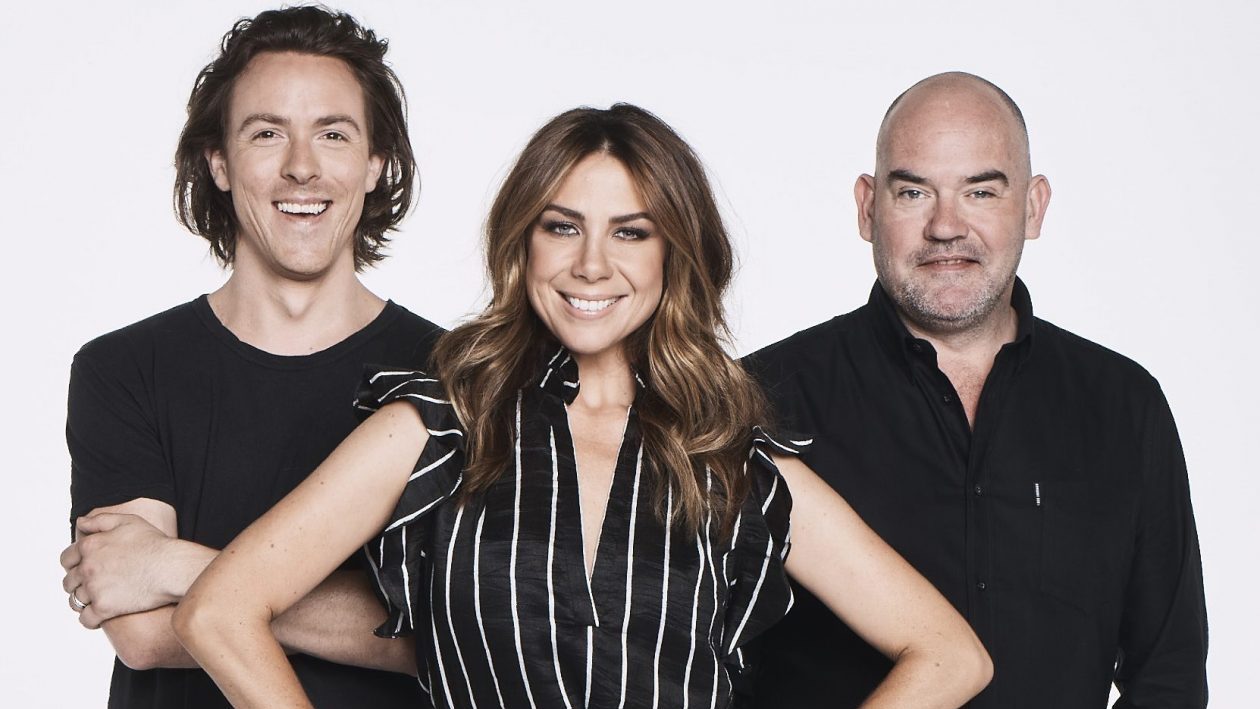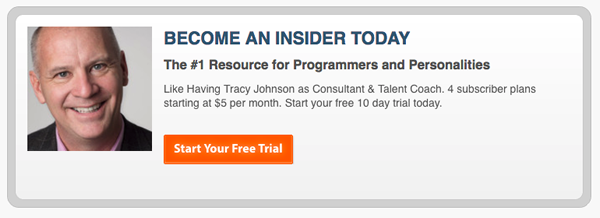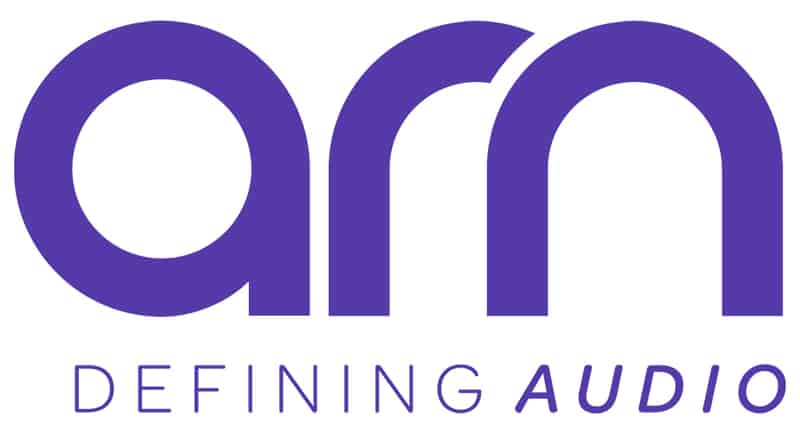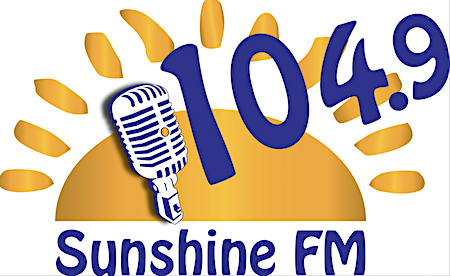Casting a radio show: Why three is the perfect number

Casting a radio show is hard. Managers and programmers invest a lot of time and energy into finding the perfect mix of personalities to attract fans and deliver ratings. While there’s no single formula that works every time, I’ve found a cast of three personalities is the ideal balance.
Three is the right number for many things. There were Three Bears, Three Little Pigs, etc. It’s usually the number of verses in a lot of popular songs. The Beatles sang She Loves You Yeah Yeah Yeah. Try it with two or four “yeahs”. It just doesn’t work. Pay attention and you’ll discover the Rule of 3 everywhere.
But three is also the perfect number of voices when casting a radio show.
Casting A Radio Show: Why 3 is Just Right
Many stations wishing to increase personality see the value of a team show. Pairing a couple of personalities can add interest. But a powerful dynamic comes into play when a third voice is introduced.
It takes shows to areas that a duo just can’t get to. But when a fourth or fifth personality is added, it can be much harder for listeners to figure out what’s going on. It gets confusing for the audience.
This isn’t to suggest that a duo can’t win, or that more than three is a mistake. Not at all. But three is usually the magic number.
Applying The Concept In 3D
You’re probably thinking about stations that have built shows around the concept of Radio in 3D: Dick, Dork and Dear. They try to find personalities that fit those three character types. This approach works!
Dick: This personality type is an antagonist, sometimes cynical or sarcastic. The “dick” seems to always say things that cause a strong reaction with the other cast members and with the audience. He or she is outspoken, bold and often referenced as the one who “says the things I’m thinking but am afraid to say it”.
Dork: The dork is a nerd, or someone who just doesn’t fit in conventionally. They are usually charming in their own way, but just “weird” enough to create friction between the players. The dork embraces and exaggerates their inner nerd qualities to add more dimension to the ensemble.
Imagine a show with just two of those three personality types. Isn’t it clear how three personalities can play off one another in many more ways than two?
Generator-Reactor-Instigator
But there is another way the Rule of 3 applies to casting a radio show. Every human being tends to fall into a classification as a generator, reactor or instigator. Three character roles. Imagine that.
Generator: They’re usually the driver of the show, able to start a topic and set a tone for a break. Put a yellow pad in front of a generator and they’ll fill it with ideas in just a few minutes. They don’t always follow through on those ideas, but they can sure get them started.
Responder: Put that same yellow pad in front of a responder, and three hours later it’ll be filled with doodles. They have been provided nothing to cause a reaction. But throw an idea, thought, topic or phrase their way and they light up with an instant response.
Instigator: An instigator is like an audio sniper, lying in the weeds for a great line to advance a break to places it would never get to without them. They are the rocket fuel that stirs things up and brings out more character and personality in the Generator and Responder.
Of course, human beings are not one dimensional. It’s certainly possible for each of us to demonstrate traits of all three categories. But everyone is naturally stronger in one of the three. It’s like being right handed or left handed. It doesn’t mean you never use your other hand.
A great radio show needs all three. Put two generators on the show, and it’s going to be chaos. You’ll hear a ton of talking over one another and nobody paying attention to what is being said. But two responders on a show results in nothing happening because there’s no stimulus that causes a response. And don’t even think about trying two instigators. That’s the radio equivalent of filling a room with explosives, matches, gasoline and a toddler and hoping for the best. Boom!
What If There Are More Than 3 On The Show?
Some managers reading this are probably thinking, “Wait a minute. We have 5 voices on our show. Tracy’s saying we can trim the budget.”. Not quite.
If a show has more than three personalities on the air, the rule of three still applies to each segment. It’s up to the show’s host to manage the traffic.
The two main personalities should always be featured (host, co-host), with one additional (a third) personality involved as appropriate. But when a new personality enters the conversation, another should fade away. That applies to listeners participating as callers, too. When the caller comes on, they’re effectively a cohost.
When everyone has an open microphone, chaos and confusion soon follow, and that will cause tune out.
Conclusion
Of course, there are many ways to win. Stations can (and do) succeed with solo shows, duos and casts much larger than three. But I’ve found that, as in many areas, three is the magic number.
In my seminar Casting A Radio Show, I go into much more detail on all of these topics and much more. You’ll learn the best ways to build a show, manage the personalities and put your station in the best possible position to succeed quickly.
Tracy Johnson specializes in radio talent coaching, radio consulting for programming and promotions and developing digital strategies for brands.




Does anyone seriously think the content on Kate, Tim and Marty is actually good.
If they went over to 2DAY FM, do you think they would take the audience with them?
Truth is most people tune in for the music and turn off at the banal banter.